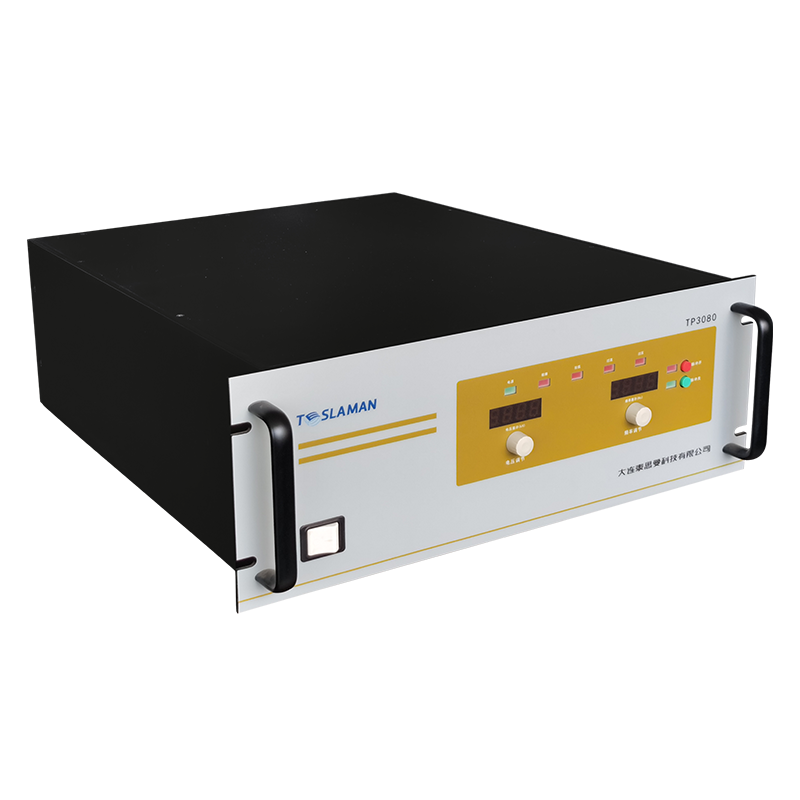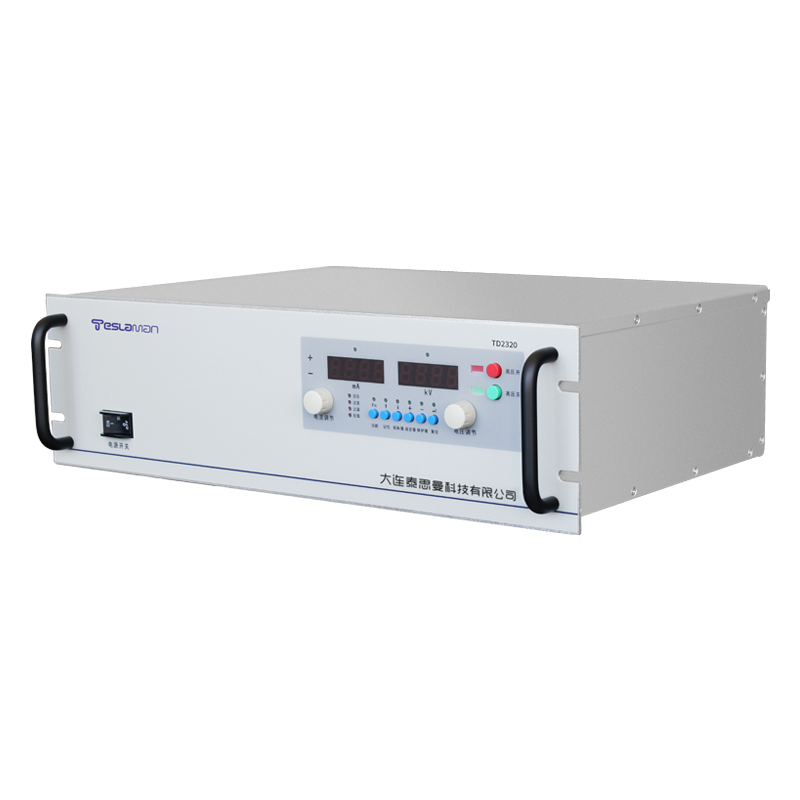Advances in High Voltage Power Supply Technology for Channel Electron Multipliers and Application Enhancement
The channel electron multiplier (CEM) is a core device that amplifies weak signals through secondary electron multiplication, widely used in mass spectrometers, space particle detectors, and biomedical imaging. Its performance critically depends on the technical specifications of the high-voltage power supply, where voltage accuracy, ripple suppression, dynamic response, and structural design directly determine signal gain stability and detection sensitivity. Recent advancements have significantly enhanced power supply technology in the following areas:
1. Voltage Precision and Stability: The Core Role
The signal gain (\(M\)) of an electron multiplier relates to its operating voltage (\(V\)) by:
\[
M = A \cdot V^{kn}
\]
where \(A\) is the electron collection constant, \(k\) is a material coefficient (typically \(k \approx 0.8\)), and \(n\) is the number of multiplication stages. Minute voltage fluctuations (±0.01%) can cause significant gain variations, impacting detection accuracy. For instance, in cesium atomic clocks, the electron multiplier requires continuous voltage adjustment from -1100 V to -2600 V to compensate for gain degradation over time. Modern high-voltage power supplies employ digital feedback control and high-precision digital-to-analog converters to achieve closed-loop voltage regulation, enhancing stability to better than 0.05% and ensuring long-term reliability in space applications.
2. Ripple Suppression and Noise Control Breakthroughs
The microchannel structure of CEMs is highly sensitive to power supply ripple. Excessive ripple can cause internal discharge, leading to signal distortion or device damage. While traditional designs require ripple below 10 mVpp, newer solutions combine multi-stage voltage-doubling rectifier circuits with low-noise semiconductor devices to suppress ripple to below 3.23 V (at -3080 V output). Techniques such as series-connected transformers and voltage-doubling circuits, electromagnetic shielding, and multi-layer filtering reduce thermal noise and electromagnetic interference, improving the signal-to-noise ratio (SNR) by over 10-fold.
3. Strategies for Enhancing Dynamic Response Speed
In pulsed signal detection (e.g., time-of-flight mass spectrometry), power supplies must respond to load changes within microseconds. Delays can cause timing errors in ion detection, affecting mass resolution. High-frequency switching topologies and adaptive control algorithms have optimized transient response speeds. Experimental results show that this technology reduces dynamic signal acquisition errors to below 0.1% in mass spectrometers.
4. Innovations in Structural Design and Integration
High-Reliability Packaging: Isolation of high-voltage and low-voltage compartments prevents circuit interference, while metal-casing encapsulation improves vibration resistance.
Microchannel Plate (MCP) Integration: Millions of microchannels (20 μm diameter) are integrated into semiconductor disks, with an 8° tilt angle to optimize electron impact efficiency. Multi-stage MCPs boost gain to 10^7–10^8 while enabling miniaturization.
Telemetry Integration: For aerospace applications, built-in telemetry circuits monitor output voltage in real time, enabling remote diagnostics and adjustment.
5. Application Scenarios and Future Trends
Enhanced power supplies are expanding into high-end fields:
Space Exploration: Radiation-hardened designs with >10-year lifespans for satellite payloads;
Medical Imaging: Low-ripple supplies improve tumor detection SNR in PET scanners;
Portable Devices: Lightweight designs (e.g., PCB surface-mount technology) enable field-deployable spectrometers.
Future advancements will focus on wide-temperature adaptability (-40°C to 85°C), AI-driven voltage regulation (dynamic adjustment based on signal characteristics), and silicon carbide power devices for higher efficiency and power density.
Conclusion
The technological enhancement of high-voltage power supplies for channel electron multipliers represents a synergy of voltage control precision, noise suppression, and structural innovation. As materials science and circuit design converge, power supplies are evolving from functional modules into intelligent subsystems, underpinning ultra-high-sensitivity detection. Future developments will further propel scientific instruments toward unprecedented sensitivity and automation.




















